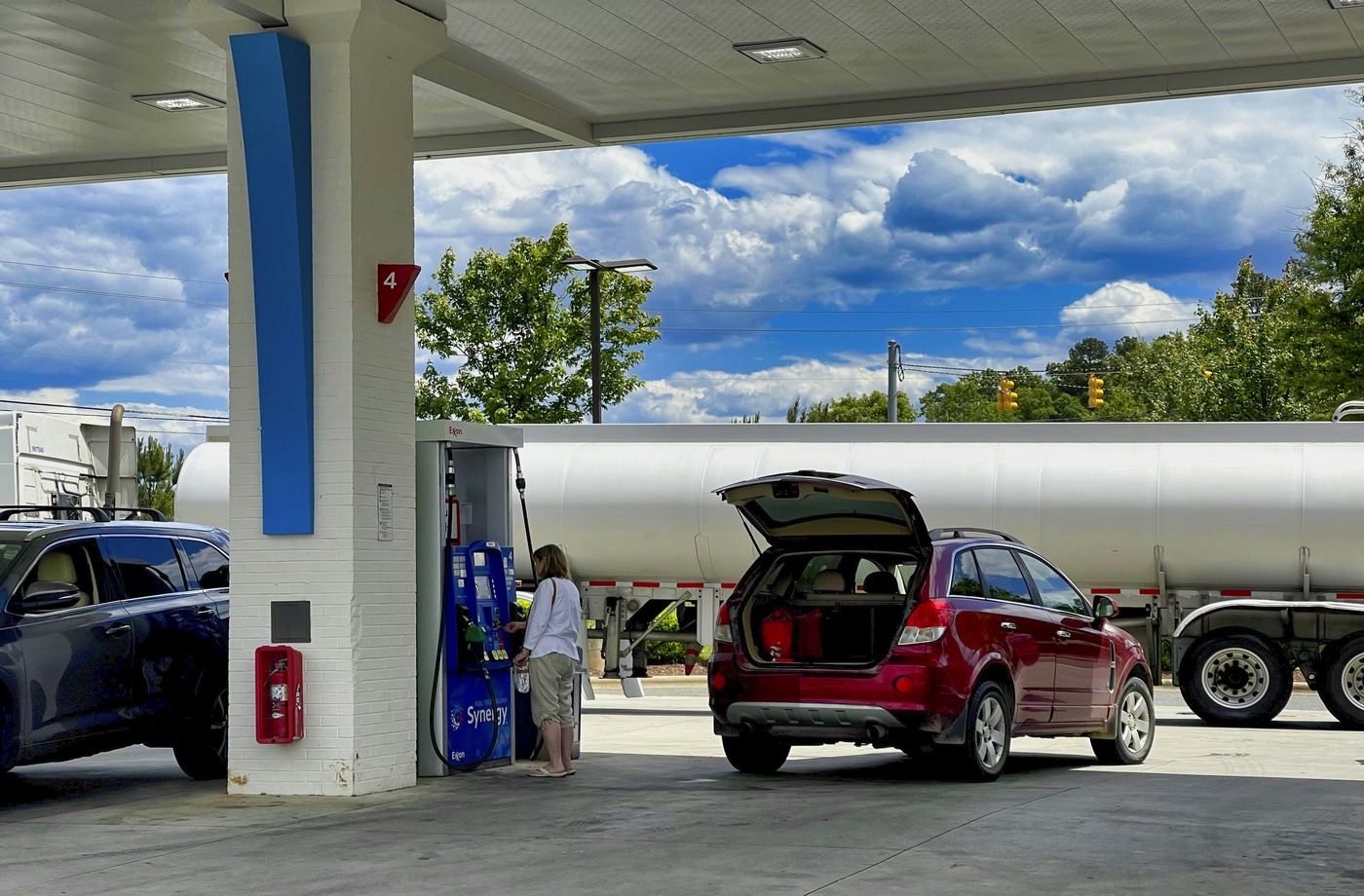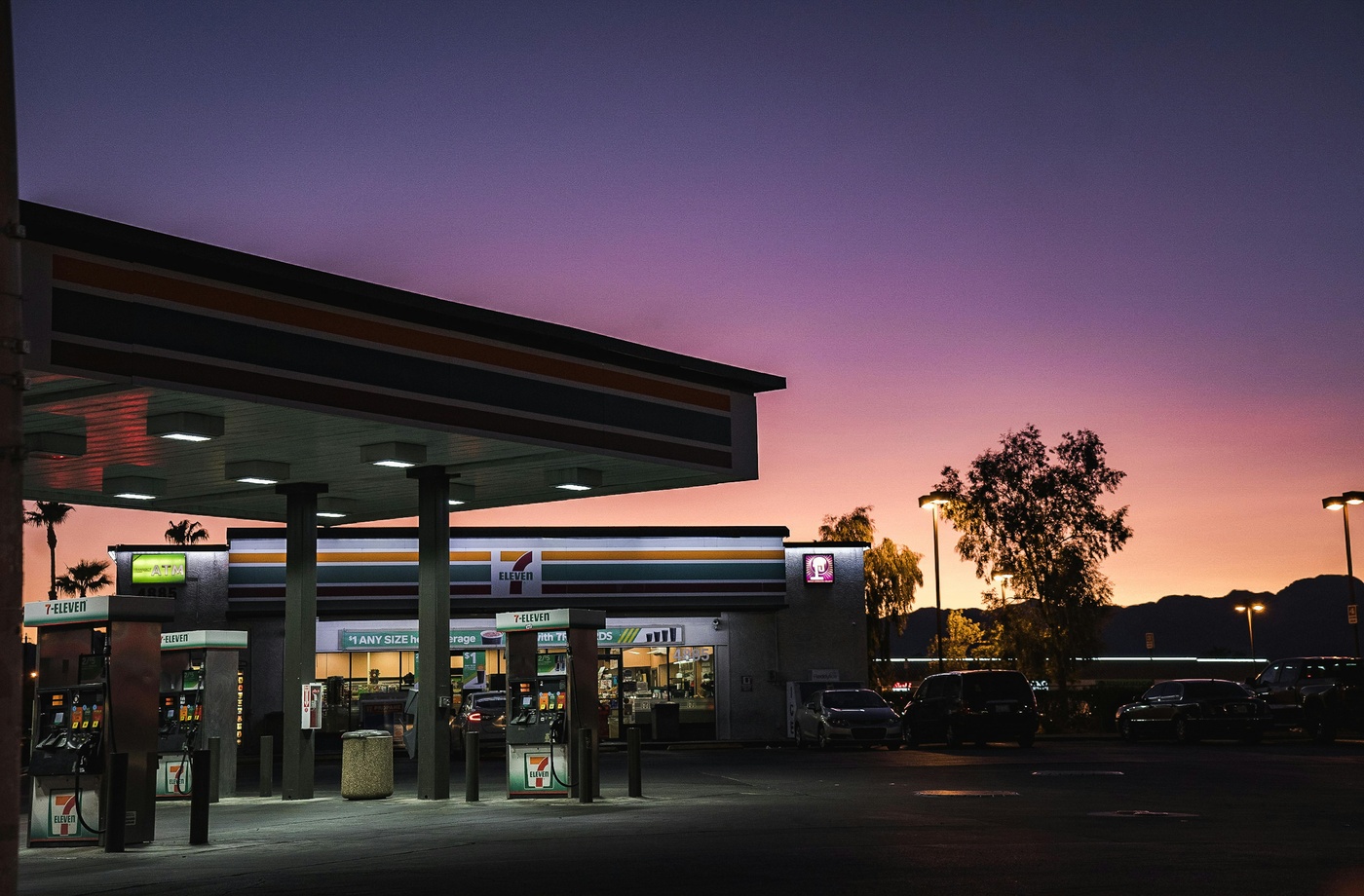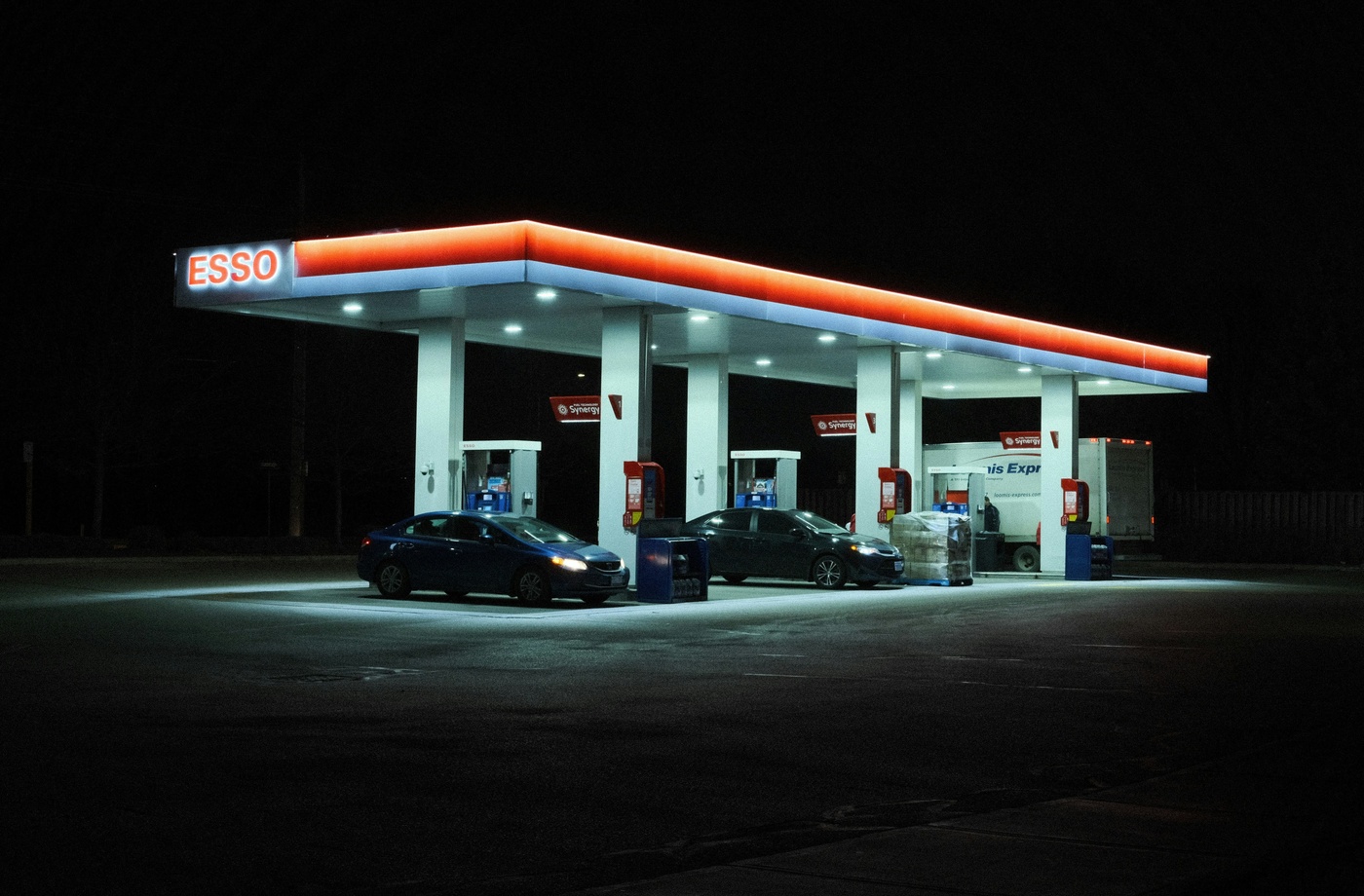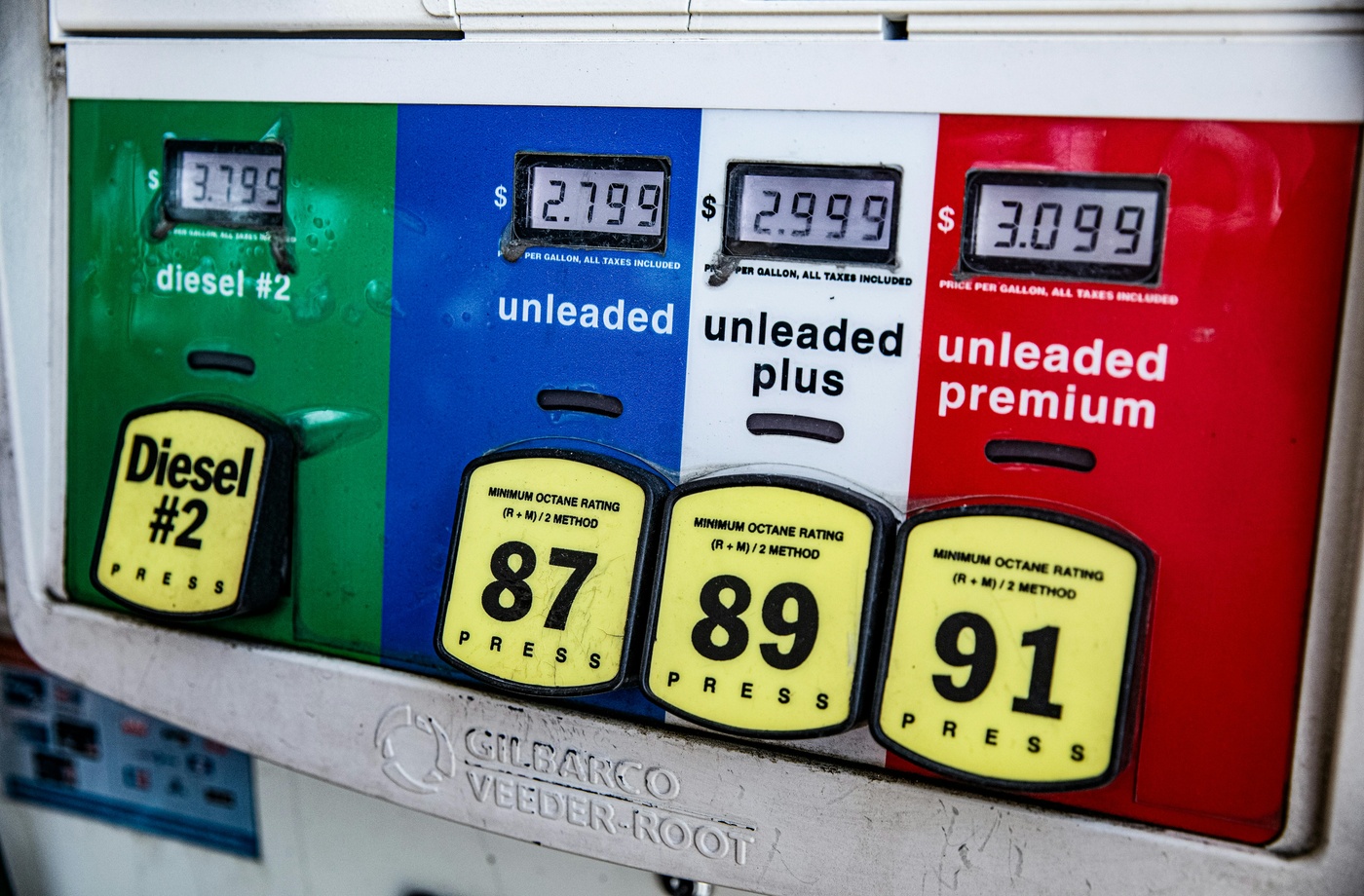Gas prices can rise or fall seemingly overnight, and for drivers trying to manage their monthly fuel budget, it often feels unpredictable. But there are clear, measurable factors behind every change at the pump. Understanding what truly influences gas prices can help you make smarter decisions about when and where to fill up.
Here’s a breakdown of the key elements that impact gas prices—and what drivers can do to minimize their fuel spending.
- Crude oil prices
The biggest factor in gas prices is the cost of crude oil, which accounts for about 50–60% of the price per gallon. Crude oil is a globally traded commodity, so its price is influenced by:
- Global supply and demand
- Geopolitical tensions (especially in oil-producing regions)
- Decisions by oil-exporting countries (like those in OPEC)
You can track real-time oil prices on U.S. Energy Information Administration (EIA).
- Refining costs and capacity
Crude oil must be refined into gasoline. If refineries are offline due to maintenance, natural disasters (like hurricanes), or economic slowdowns, supply tightens and prices go up. Regional differences in refining capacity also mean some states are more affected by these changes than others.
Tip: Summer blends, required by the EPA to reduce pollution, are more expensive to produce and can cause seasonal price spikes.
- Distribution and transportation
Once refined, gasoline must be transported to terminals and stations. Disruptions in pipeline networks or trucking shortages can raise prices in affected areas. Remote or rural locations often pay more due to longer transport distances.
- Taxes and regulations
State and federal taxes play a significant role in price variations. As of 2024, federal gas tax sits at 18.4 cents per gallon, while state taxes vary widely—from under 15 cents to over 60 cents per gallon in places like California. Local environmental regulations may also require cleaner-burning fuels, which cost more to produce.
- Seasonal demand
Summer road trips and winter heating needs shift fuel demand. In the summer, more people travel, increasing demand for gasoline. In winter, refineries may shift production toward heating oil, reducing gasoline supply.
According to AAA Gas Prices, late spring and summer often bring price increases due to higher driving demand and seasonal fuel blends.
- Market speculation and trading
Oil futures are traded on global markets. Speculators betting on future supply or demand changes can influence prices, even without physical shortages. While not the sole driver, market speculation adds volatility to pricing.
- Local competition among stations
Gas prices can differ dramatically within a few miles. In highly competitive areas, stations may drop prices to attract customers. In low-competition zones—such as highway rest stops—prices are usually higher.
Use apps like GasBuddy or Waze to find the lowest local prices before filling up.
How drivers can respond to gas price fluctuations
While you can’t control oil markets or refinery outages, you can control how you shop for fuel and how efficiently you drive:
- Monitor trends using tools like FuelEconomy.gov and EIA Gasoline Reports.
- Use price comparison apps to avoid overpriced stations.
- Practice fuel-efficient driving habits like smooth acceleration and maintaining proper tire pressure.
- Save money at the pump with cashback apps such as Fluz, where you can get cashback at Shell or save with a BP gift card by paying digitally.
Final thoughts
Gas prices may seem unpredictable, but they follow patterns rooted in economics, infrastructure, and seasonal behaviors. By understanding the forces behind the pump, drivers can make smarter decisions—whether it’s filling up early, tracking trends, or using tools like Fluz to ease the impact on your wallet.



